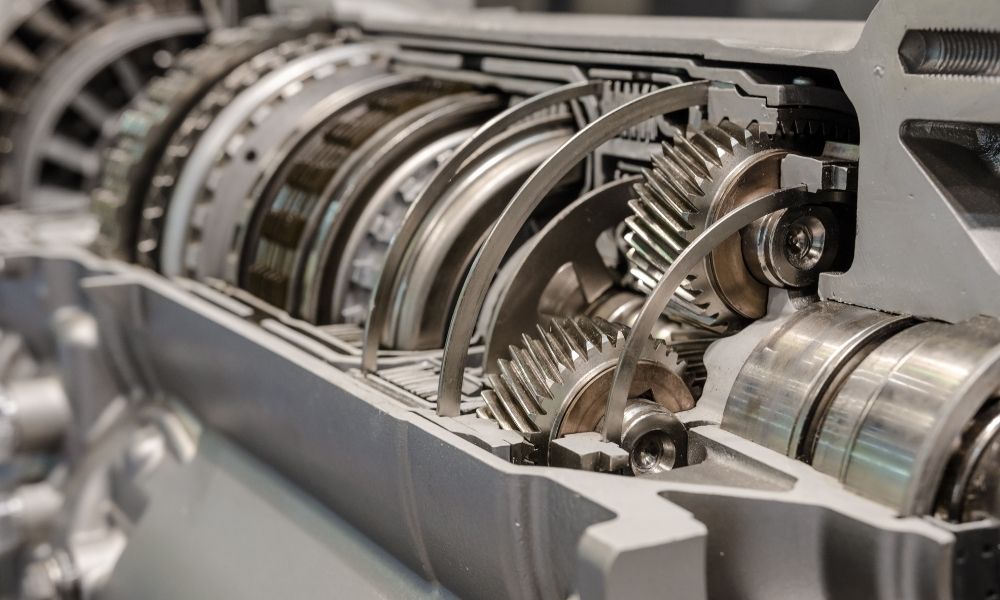
When in operation, your transmission is just like your car engine—its mechanical processes create frictional heat that must dissipate. If your car cannot handle the excessive heat it generates, you will quickly have an overheated system that leads to oil thickening and transmission breakdown.
Whether you’re a repairer or restorer, you should have an answer to the question: how does a transmission cooler work? If you’re a bit stumped, don’t fret; here’s a quick summary.
The Basic Process
Transmission coolers operate with the same methodology. Hot transmission fluid flows out of the transmission and hits the cooler, which acts as a heat exchanger. The hot fluid hits rows of fins in the transmission cooler, dissipating heat as it goes back into the transmission.
How It Works
How does a simple array of angled fins make hot oil cool again? It all starts with the science of heat. Heat transfers from hot surfaces to cold ones. When the hot liquid hits the colder surface of the fins, the temperature transfers to the transmission cooler’s wide surface area. Additionally, incoming air washes over the liquid, helping to equalize the heat. The principle of heat transference enables the fluid to consistently remain at an operable temperature while preventing transmission overheating.
What To Look For
When looking for a transmission cooler, you should navigate between the three core types: tube and fin, plate and fin, and stacked plate coolers. Each has its pros and cons, but each also utilizes a slightly different variation of the heat exchanger principle to suck the heat away from the liquid.
Now, the next time a client asks, “How does a transmission cooler work?” you’ll have an answer at the ready. Should you have any more questions about your transmission or transmission cooler, reach out to our experts at Transparts Warehouse. Our expansive selection of manual and automatic transmission coolers will surely fit your vehicle and get it up and running in no time.

